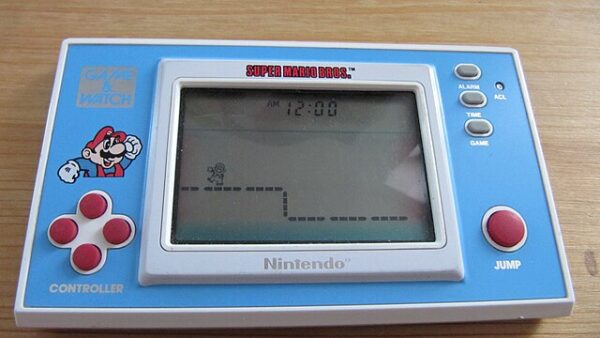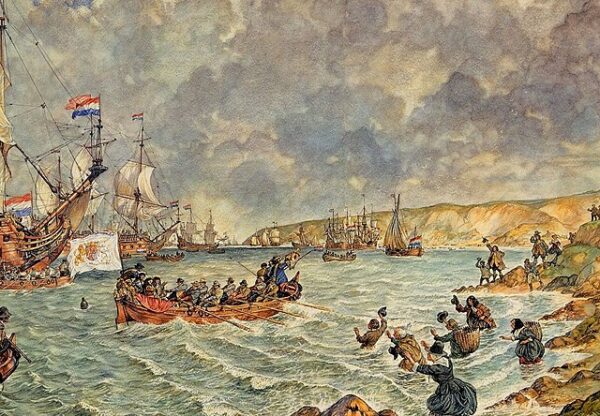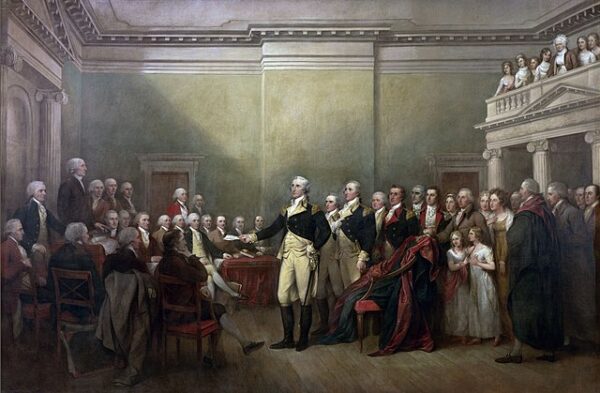Super Mario, the beloved Italian plumber, made his debut in the world of video games in 1981, but it wasn’t until September 13, 1985, that he truly solidified his place in gaming history with the launch of Super Mario Bros.
It all started a century earlier in 1889, when Fusajiro Yamauchi founded a small company named Nintendo Koppai to manufacture hanafuda, a popular type of Japanese playing cards used widely for gambling. (The word Nintendo translates roughly to “luck-heaven-hall,” or a place where your fortune is placed in the hands of the gods.) Business boomed for many decades—Nintendo is still one of the top hanafuda manufacturers in the world—but when Yamauchi’s grandson, Hiroshi, took over in 1956, he began looking for ways to diversify the company’s revenue streams,” writes The History Channel.
He found it in video games.
Mario’s origin story begins with Shigeru Miyamoto, a visionary game designer at Nintendo. In 1981, Miyamoto created the arcade game “Donkey Kong,” where the character we now know as Mario was initially called “Jumpman.” His appearance and role in the game were vastly different from what we associate with Mario today; he was a carpenter tasked with rescuing a damsel in distress from the clutches of a giant ape named Donkey Kong.
Mario’s iconic look, including his red cap, blue overalls, and mustache, was established in the 1983 arcade game “Donkey Kong Jr.” It was in this game that he first earned the name “Mario,” inspired by Mario Segale, the landlord of a warehouse Nintendo was renting at the time. The name stuck, and Mario’s identity as a plumber was later introduced, tying into his adventures in the Mushroom Kingdom.
Mario’s true breakthrough came with the release of “Super Mario Bros.” for the Nintendo Entertainment System (NES) in 1985. This side-scrolling platformer was a revolutionary game that introduced players to a vibrant and imaginative world filled with memorable characters, power-ups, and challenging levels. It followed Mario’s quest to rescue Princess Peach from the villainous Bowser, establishing a timeless gaming formula that would continue in future Mario titles.
“Super Mario Bros.” was a critical and commercial success, helping to revive the video game industry after the infamous 1983 crash. It became an instant classic, captivating players with its innovative gameplay, catchy music, and colorful graphics. This game marked the beginning of the Super Mario franchise, and it played a pivotal role in establishing Mario as Nintendo’s iconic mascot.
Since his debut, Mario has appeared in countless games across various Nintendo consoles, from the Super Nintendo Entertainment System (SNES) to the Nintendo Switch. He has transcended generations and genres, starring in racing games, sports titles, and even educational adventures. Mario’s enduring popularity and cultural significance make him one of the most recognizable and cherished characters in the history of video games.






